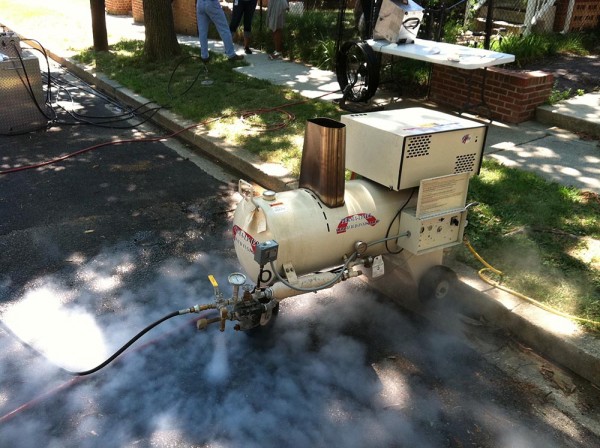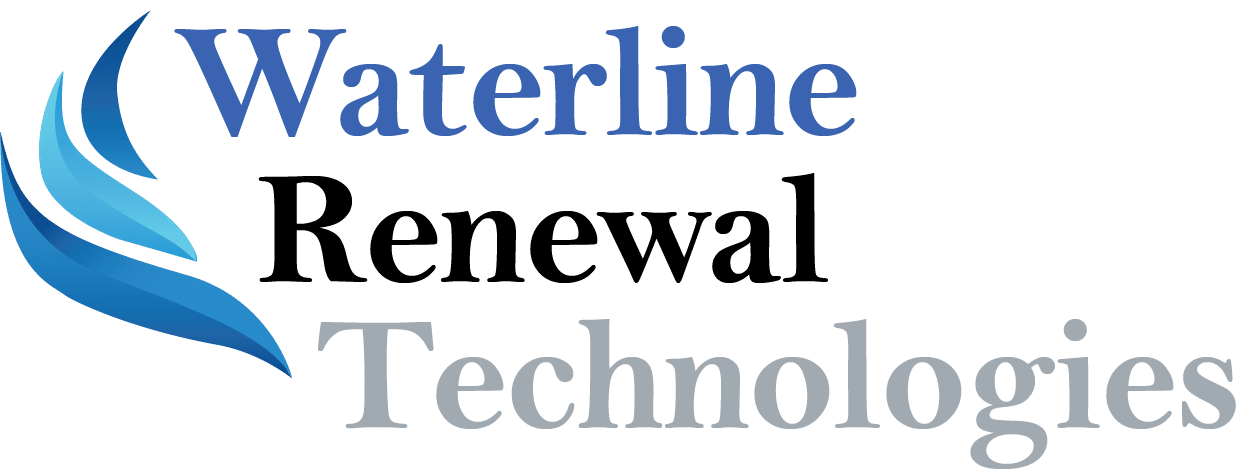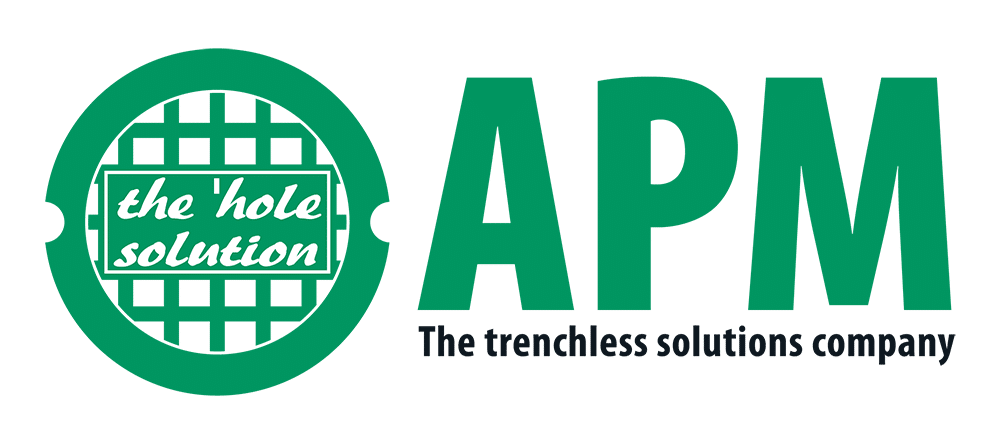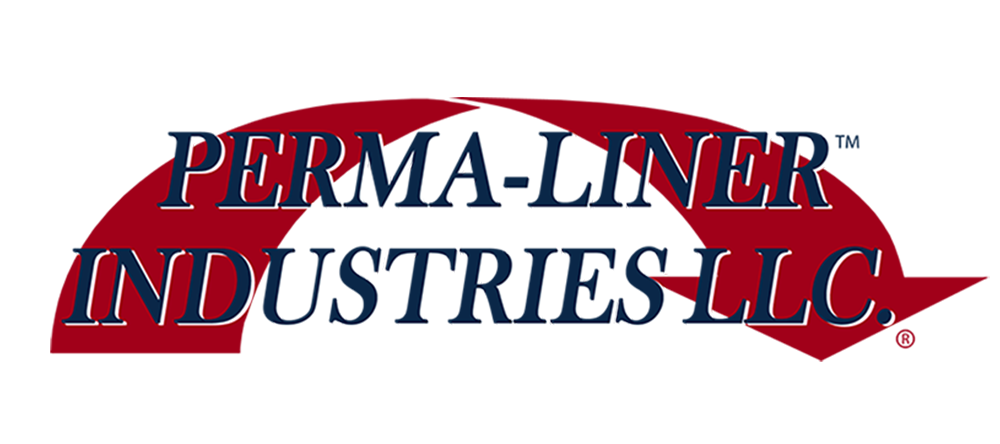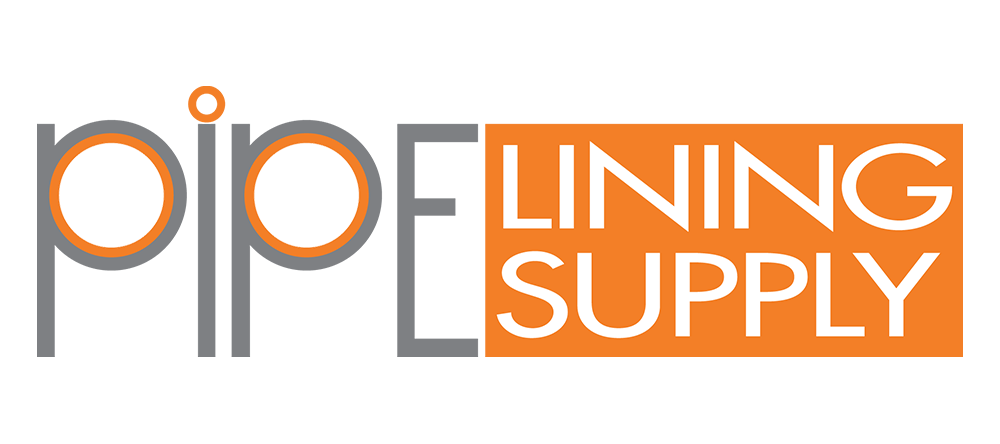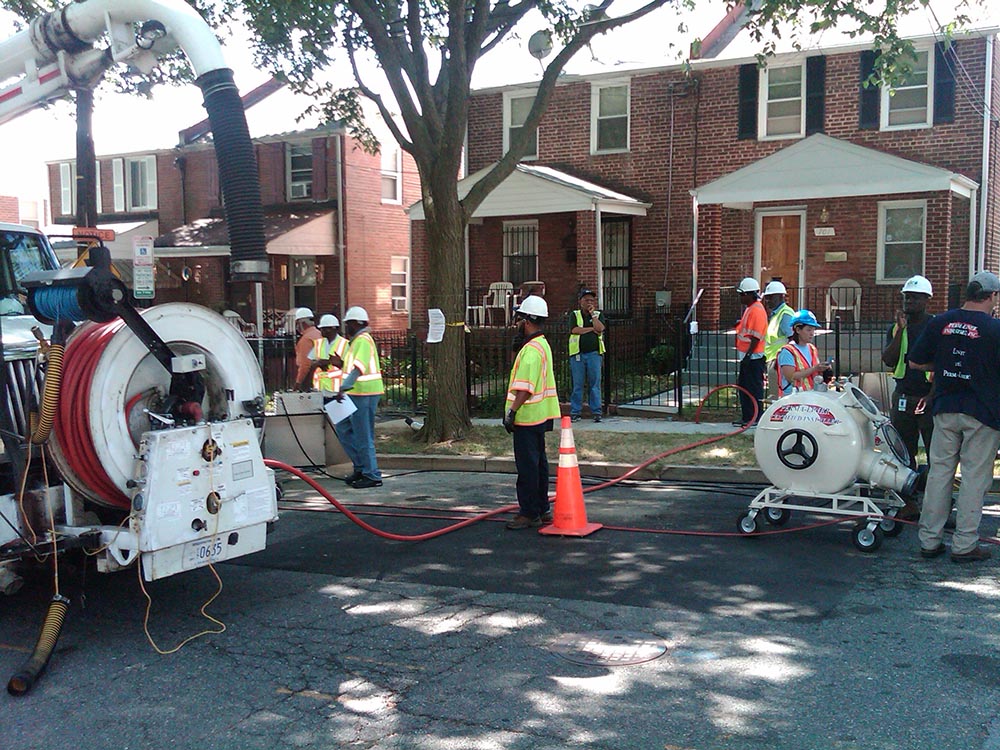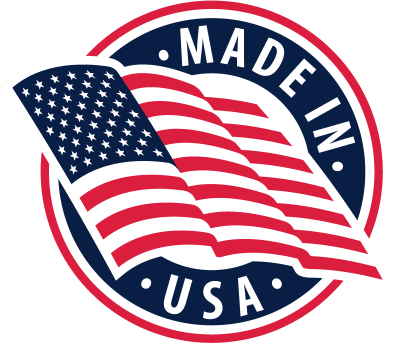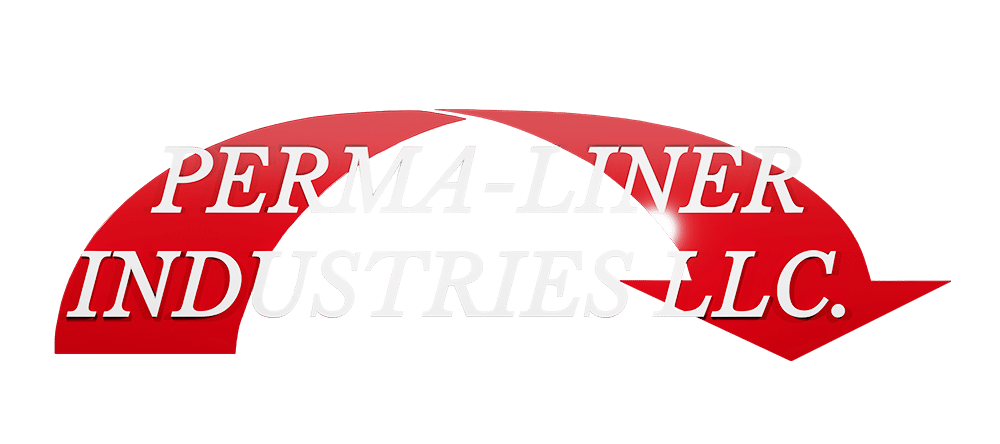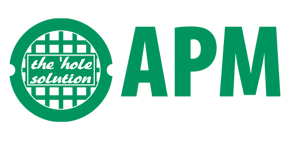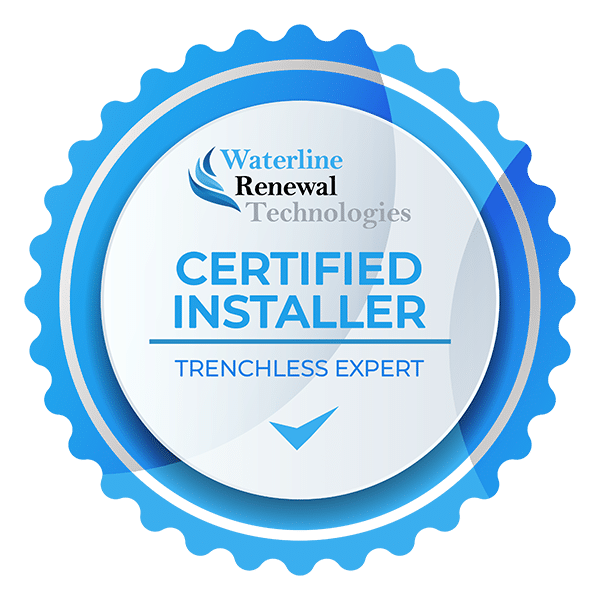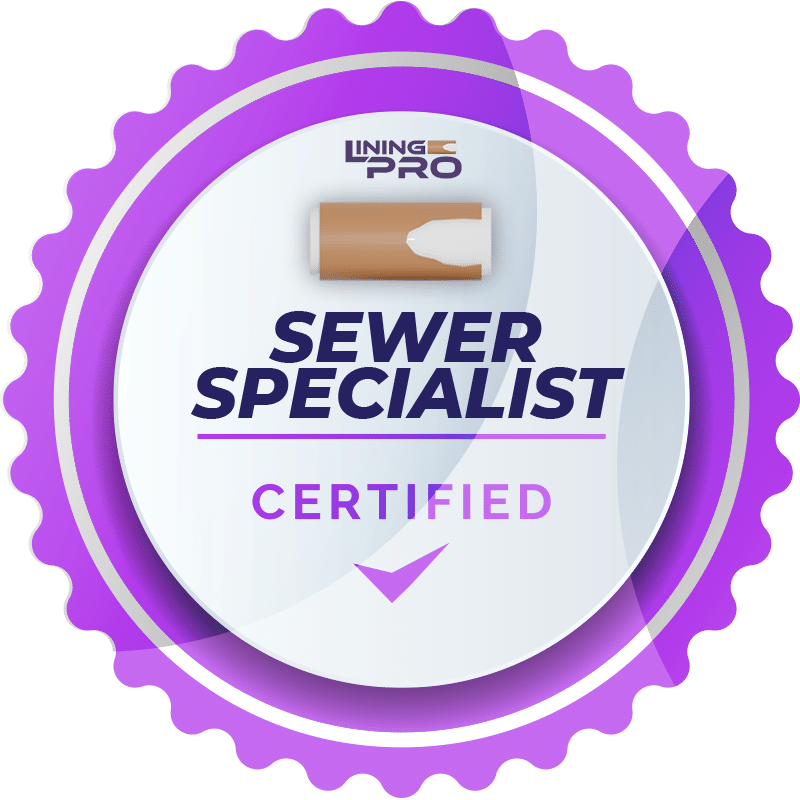The Blue Plains Advanced Wastewater Treatment Plant is in good standing, as a result of compliance with environmental regulations and advanced methods of wastewater treatment. The technology and facilities at Blue Plains are up-to-date, however, the sewer infrastructure that feeds the DC Water service area is aging and requires updates and improvements. To make the sewer system more effective in protecting the environment, it is necessary to make significant structural improvements that will reduce sewer overflows and improve the health of DC’s waterways. In the District of Columbia, most of the sewer system includes one pipe for carrying wastewater from homes and businesses to the Blue Plains treatment plant, and another pipe that carries storm water runoff to area waterways. But, approximately one-third of the region has older sewer systems that contain a single pipe that carries both wastewater and storm water runoff. When it rains heavily in areas served by a combined sewer system, the storm water and wastewater flow through the same pipe. Some of the pipes aren’t big enough to handle the flows of very large rainstorms.
To improve the health of the waterways, sewer pipes will be separated. In addition to improving the waterways, sewer separation will benefit the region by improving the quality of life for the community, producing a positive impact on the environment and supporting future development. New storm water outfalls will be created on both the Anacostia and Potomac Rivers. Work will begin on the Anacostia River first, because it is a slower-moving river, and pollution stays longer and does more damage in rivers with a slow current. By the year 2025, we expect to reduce CSOs in the Potomac and Anacostia rivers and Rock Creek by 96% overall. CSOs in the Anacostia will be reduced by 98%.
